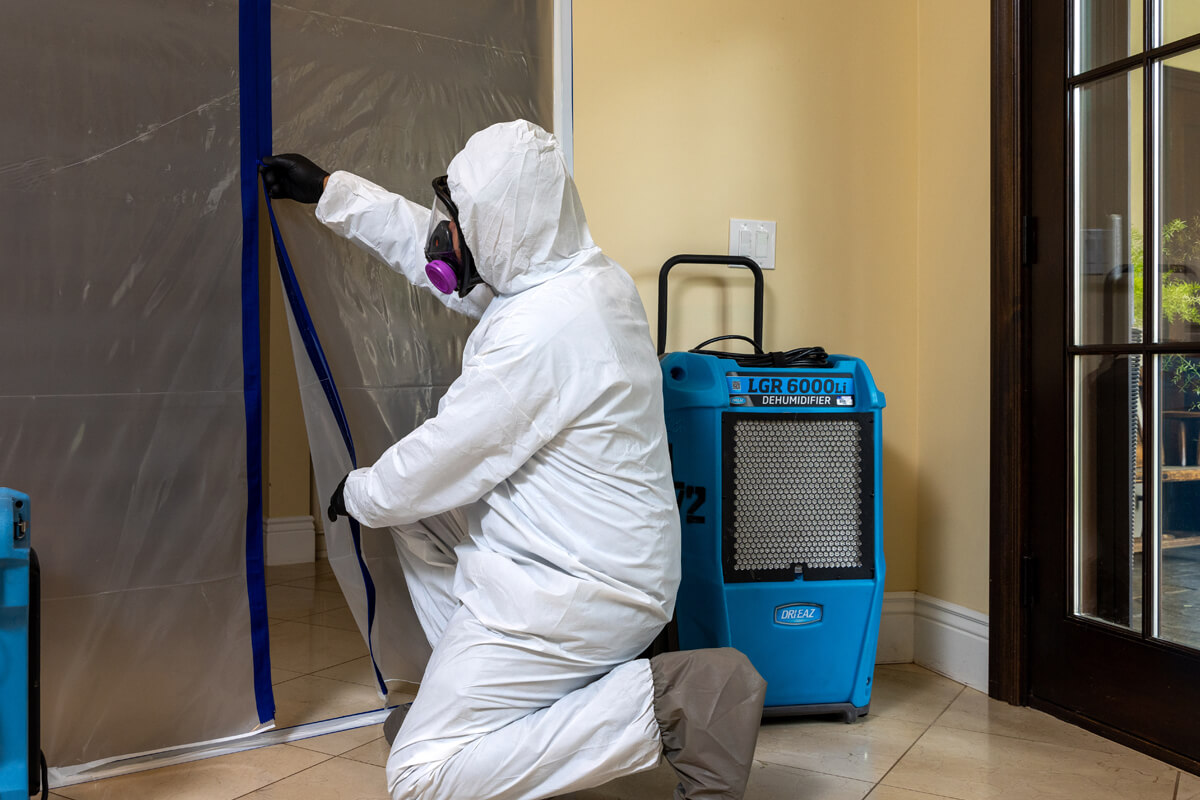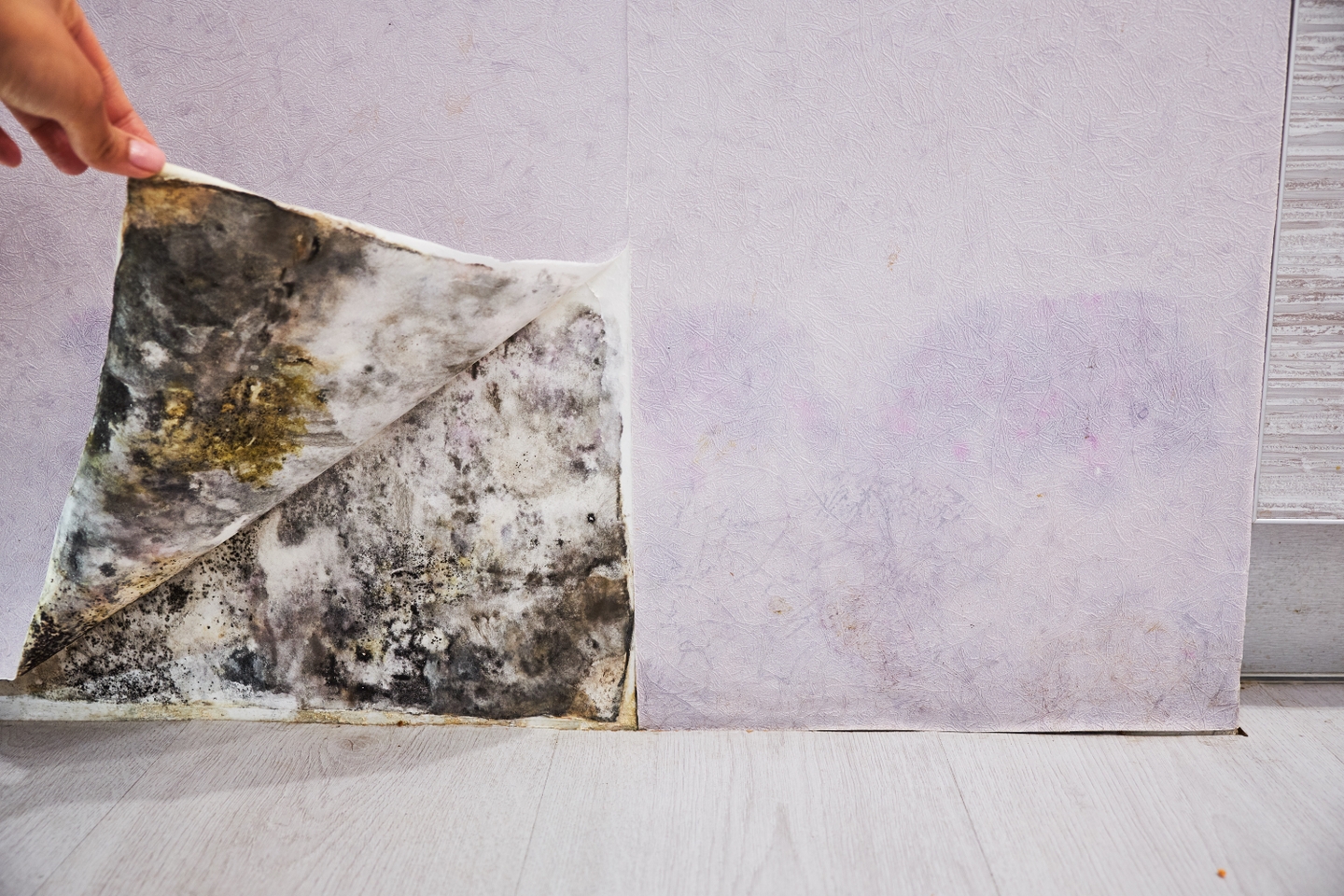Accuracy Mold Remediation Methods for Making Sure a Healthy Living Setting
In the world of keeping a healthy and balanced living environment, the effectiveness of mold and mildew removal strategies stands as a vital element that requires accuracy and competence. By exploring the intricacies of mold and mildew removal approaches, one can get understanding right into guarding against mold-related issues and fostering a healthier habitat.
Comprehending Mold And Mildew Development Aspects
Recognizing the crucial elements that add to mold and mildew growth is crucial in establishing effective approaches for mold remediation. Mold and mildew requires 3 main components to prosper: moisture, ideal temperatures, and natural material for food. Dampness is possibly the most critical aspect as mold spores can swiftly spread and conquer in wet environments.

Assessment of Mold And Mildew Infestations
Having determined the key aspects that contribute to mold development, the following vital step is examining the extent of mold problems within a home. Mold and mildew assessment includes a thorough assessment to establish the type of mold and mildew existing, the affected areas, and the intensity of the infestation. Expert mold and mildew assessors make use of a combination of visual assessment, dampness meters, thermal imaging video cameras, and air sampling to collect information on the mold and mildew problem.
Visual assessment is often the primary step in assessing mold problems, where professionals visually take a look at areas vulnerable to mold and mildew growth, such as cellars, bathrooms, and attics. This aids recognize noticeable mold and mildew development and locations with indications of water damages or high wetness levels. Moisture meters are then used to discover wetness levels in building materials, aiding in locating hidden mold and mildew development behind ceilings or wall surfaces.
Furthermore, thermal imaging cams can be utilized to discover temperature differences that might show wetness problems promoting mold development. Air tasting is one more essential technique made use of to accumulate air-borne mold spores, providing details on the focus and sorts of mold existing in the interior atmosphere. By utilizing these analysis techniques, professionals can accurately review the mold and mildew infestation and develop an effective removal plan to ensure a healthy and balanced living atmosphere.

Executing Targeted Removal Methods
To properly resolve mold and mildew infestations, implementing targeted remediation techniques is vital for getting rid of the source of mold growth and making sure a mold-free atmosphere. These methods include a methodical method tailored to the specific mold concerns determined during the evaluation stage. By targeting the underlying variables contributing to mold and mildew growth, such as wetness invasion, insufficient ventilation, or structure product flaws, removal efforts can be more reliable and exact.
One targeted remediation technique is to address water leakages immediately to stop moisture buildup, which is a key motorist of mold proliferation. This might include repairing pipes leaks, boosting water drainage systems, or improving waterproofing measures. In addition, enhancing ventilation in moist areas can help in reducing humidity degrees, creating a setting less conducive to mold and mildew growth.
In addition, targeted remediation strategies may include eliminating and replacing mold-infested products, such as drywall or insulation, and using antimicrobial treatments to hinder future mold growth. Routine surveillance and maintenance are crucial to sustaining a mold-free setting complying with removal efforts - mold remediation philadelphia. By carrying out these targeted strategies, homeowner site here can successfully combat mold problems and promote a healthier living setting
Utilizing Advanced Mold Elimination Technologies
Advanced mold removal technologies play a crucial role in dealing with mold concerns effectively and adequately. These systems can record and filter out mold spores and various other air-borne fragments, dramatically minimizing the spread of mold during removal.
In addition, advanced mold elimination innovations include infrared electronic cameras that can identify concealed wetness sources within wall surfaces or ceilings, aiding in the precise recognition of areas vulnerable to mold development. best mold remediation philadelphia. This modern technology allows removal professionals to target affected locations more properly, resulting in an extra complete removal procedure
Ultraviolet (UV) light treatment is an additional innovative modern technology used in mold and mildew removal. UV light can kill mold and mildew spores and inhibit their development, particularly in hard-to-reach or unattainable locations. This method is non-invasive and eco friendly, making it a favored selection for mold removal in delicate environments. By leveraging these sophisticated modern technologies, mold remediation specialists can effectively get rid of mold and mildew problems and create a healthier living setting for occupants.
Avoiding Future Mold Reoccurrences
With the effective elimination of mold and mildew problems making use of advanced technologies, the focus now shifts towards executing robust techniques to stop future mold and mildew reoccurrences. Stopping mold and mildew from repeating is essential for preserving a healthy indoor environment. One key strategy is to address any underlying moisture concerns in the structure. Routine assessments for leaks in plumbing, roofing systems, and home windows can assist determine and repair sources of excess moisture that add to mold and mildew growth.
Appropriate ventilation is an additional vital aspect of mold and mildew prevention. Making certain appropriate airflow in all locations of the building can help in reducing moisture levels and protect against wetness buildup. Utilizing dehumidifiers in damp areas such as basements can likewise aid in managing moisture levels.
Keeping tidiness learn this here now and without delay dealing with any kind of water damage or spills can better help stop mold growth. Normal cleaning routines need to include dusting, vacuuming, and cleaning down surface areas to avoid the buildup of mold spores.
Informing owners about mold and mildew avoidance practices, such as appropriate air flow and dampness control, can also add to an aggressive approach in avoiding future mold and mildew concerns. By implementing these methods, the threat of mold and mildew recurrences can be substantially lowered, leading to a healthier living atmosphere.
Final Thought
By understanding mold and mildew growth aspects, evaluating invasions, executing targeted techniques, utilizing innovative elimination modern technologies, and stopping future reoccurrences, one can effectively combat mold and mildew issues. It is crucial to prioritize mold and mildew remediation to ensure the health of passengers and read the full info here avoid potential health and wellness risks linked with mold and mildew exposure.
